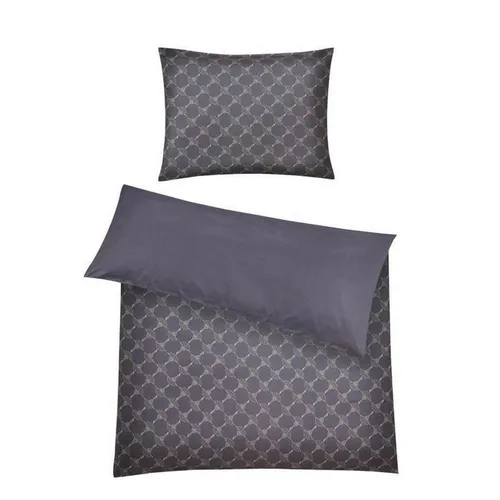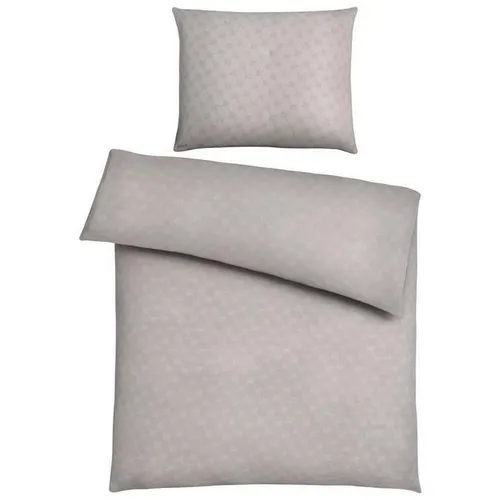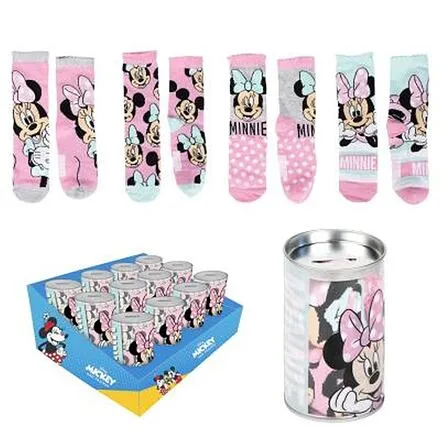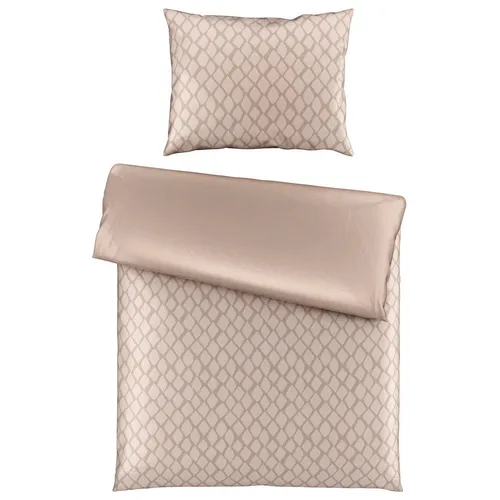Clothing
Clothing serves as a fundamental aspect of human life, providing not only protection from the elements but also a means of self-expression and identity. This category encompasses a wide range of products, including everyday wear, formal attire, activewear, and seasonal garments, catering to diverse demographics from children to adults. Whether you are dressing for a casual outing, a professional setting, or an athletic endeavor, the right clothing can enhance comfort, confidence, and style.
When selecting clothing, several key factors should be considered to ensure you make the best choice for your needs. First and foremost, the fit is crucial; clothing should complement your body shape and size. Pay attention to sizing charts and consider trying items on when possible. Additionally, the material plays a significant role in the garment's comfort and durability. Natural fibers like cotton and wool are breathable and often more comfortable against the skin, while synthetic materials like polyester can offer moisture-wicking properties ideal for activewear.
Another important parameter is the garment's intended use. For instance, if you are looking for clothing for outdoor activities, consider features such as water resistance, insulation, and UV protection. On the other hand, if you need formal wear, focus on the cut, fabric quality, and overall design. Understanding the specific characteristics of different clothing types can help you make informed decisions that align with your lifestyle.
Each variation of clothing comes with its own set of advantages and disadvantages. For example, while denim jeans are durable and versatile, they may not provide the same level of comfort as softer fabrics like jersey or linen. Similarly, while activewear is designed for performance, it may not always transition well to casual settings. Recognizing these trade-offs can help you curate a wardrobe that meets your functional and aesthetic needs.
To maximize the longevity and appearance of your clothing, proper care and maintenance are essential. Always check the care labels for washing instructions, as different materials require different handling. For instance, delicate fabrics may need to be hand-washed or dry-cleaned, while sturdier items can often withstand machine washing. Regularly inspect your garments for signs of wear and tear, and address any issues promptly to prevent further damage. Storing clothing properly, such as hanging dresses and folding sweaters, can also help maintain their shape and quality.
To get the most out of your clothing, consider how to mix and match items for various occasions. Layering can add versatility to your wardrobe, allowing you to create different looks with the same pieces. Accessories such as belts, scarves, and jewelry can also elevate an outfit, making it suitable for different settings. Additionally, investing in timeless staples, like a classic blazer or a well-fitted pair of trousers, can provide a solid foundation for countless outfits.
In conclusion, clothing is not just about covering the body; it is an essential part of personal expression and functionality. By considering factors such as fit, material, intended use, and maintenance, you can make informed choices that enhance your wardrobe. Embrace the versatility of clothing by exploring different styles and combinations, ensuring that you not only look good but also feel confident in every situation.
show more text











